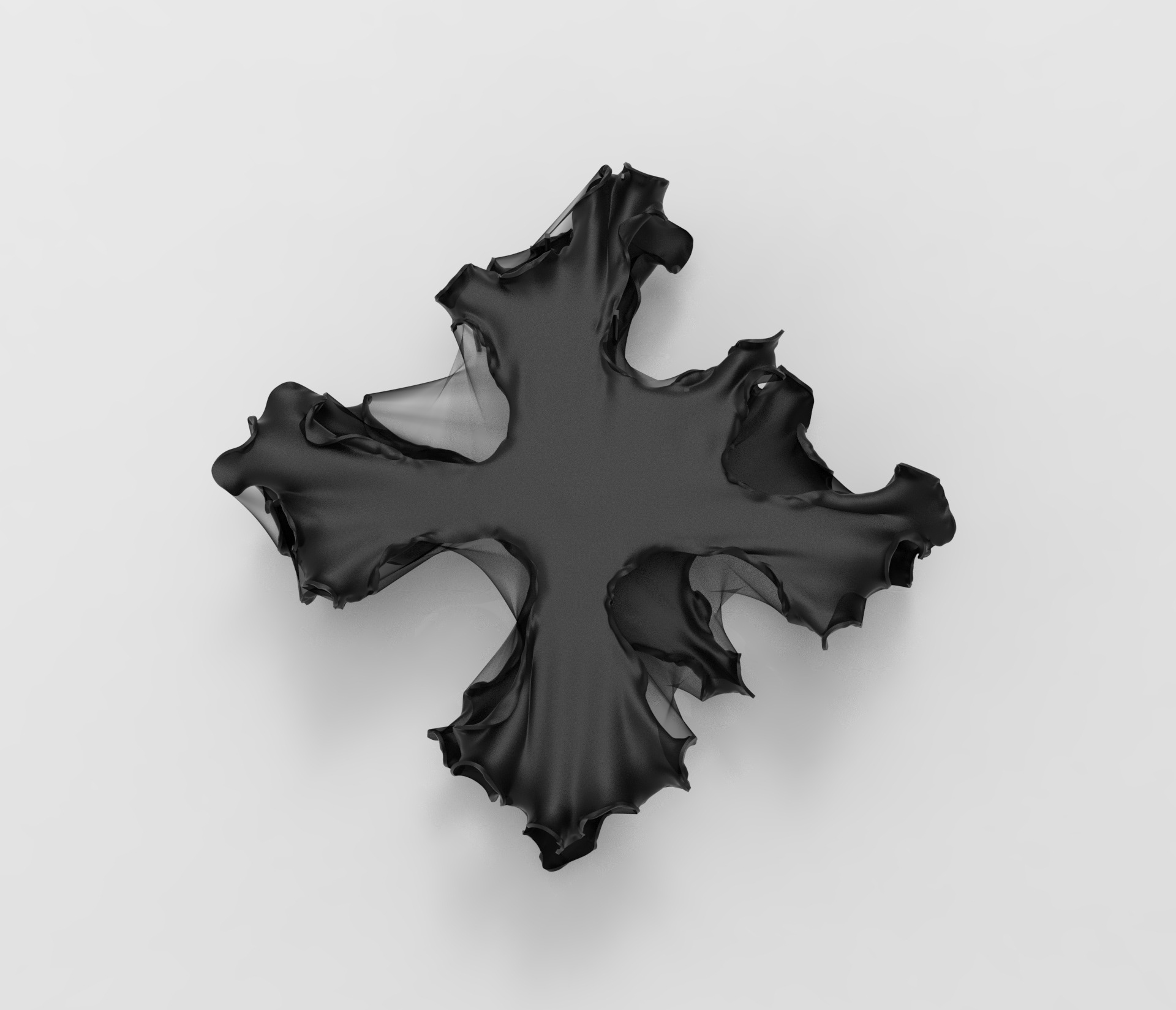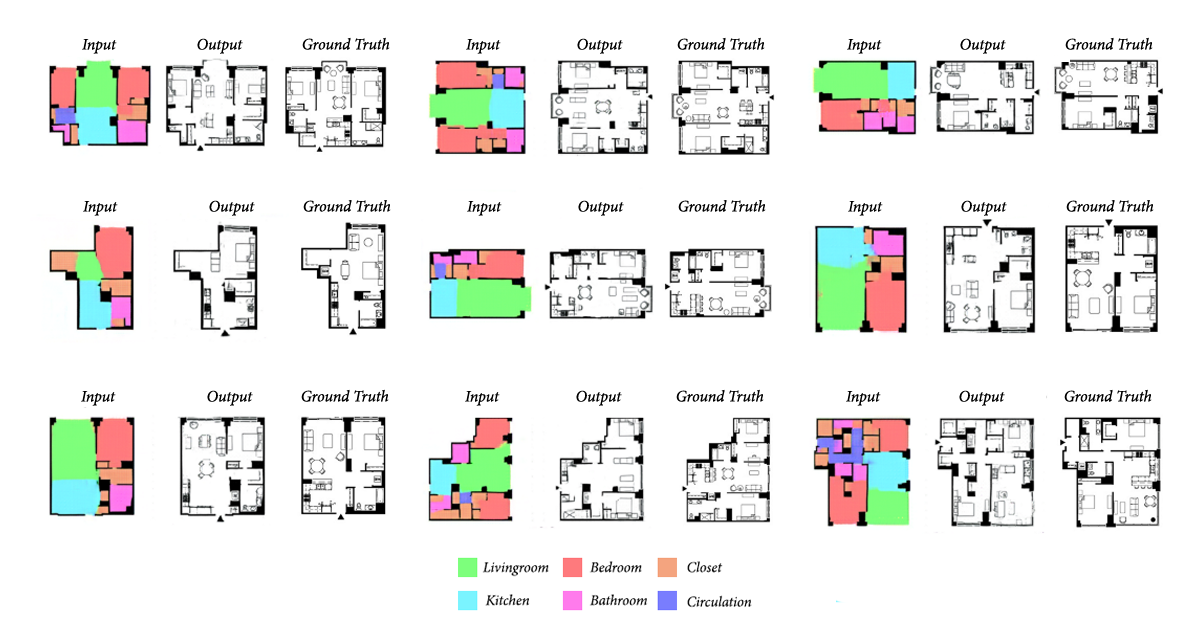Unveiling the Future of Architecture: Essential Skills for Emerging Architects Venturing into Computational Design
In the dynamic realm where architecture converges with technology, a new generation of professionals is redefining the boundaries of design: computational designers. These visionary architects harness the potential of algorithms, artificial intelligence, and cutting-edge tools to propel architectural innovation to unprecedented heights. For emerging architects poised to leave their mark on this transformative field, mastering the indispensable skills of computational design is essential. Join us as we explore these critical competencies, accompanied by suggested images to inspire and inform.

Form Finding : Paarija's Personal Explorations

Form Finding : Paarija's Personal Explorations

Form Finding : Paarija's Personal Explorations
At the heart of computational design lies algorithmic prowess. Young architects must become adept at crafting bespoke algorithms tailored to solve intricate design challenges. This skill not only optimizes processes but also fosters innovation, allowing for the creation of designs that push the boundaries of creativity and problem-solving.



Harnessing the power of computational intelligence is imperative for delivering impactful architectural solutions. Expertise in identifying and implementing cutting-edge computational and artificial intelligence solutions ensures that design concepts are not only visionary but also feasible and practical, thereby elevating the quality and viability of architectural projects.
User Adoption Advocacy:
Championing user adoption of computational workflows is essential for seamless integration and maximum efficiency. A successful computational designer serves as an advocate for the adoption of new technologies, both internally within the design team and externally with project stakeholders, fostering collaboration and ensuring the successful implementation of innovative design solutions.

Dynamo-Revit

Revit Interface

Rhino-Grasshopper-Python
Adeptness in leveraging a diverse array of technologies is essential for revolutionizing architectural design processes. Computational designers must possess proficiency across various platforms and tools, enabling them to develop customized systems and products that address industry-wide challenges with precision and ingenuity, thereby reshaping the architectural landscape.
Transforming design concepts into automated systems is paramount for efficiency and scalability. Computational designers excel in developing automated workflows and systems that streamline processes, from conceptualization to realization, thereby accelerating project timelines and enhancing productivity while maintaining design integrity.

Source: AEC Business

Source : AutoDesk
Proficiency in scripting and programming languages is indispensable for creating tailored solutions and optimizing workflows. Computational designers adeptly navigate visual programming environments and scripting languages, enabling them to develop sophisticated design automation tools and systems that streamline operations and enhance efficiency.

Scripting & Programming
Workflow Optimization:
Evaluating and optimizing design workflows is essential for maximizing efficiency and quality. Computational designers possess a keen eye for identifying inefficiencies and implementing strategic improvements that enhance project outcomes, ensuring that architectural designs are realized with precision and effectiveness.
Applying computational thinking principles is fundamental for refining design methodologies and achieving strategic objectives. Computational designers adeptly employ computational thinking to capture, refine, and optimize design processes, ensuring alignment with project goals and enhancing the overall quality and innovation of architectural solutions.

Conclusion
In conclusion, a successful career in computational design within architectural firms necessitates a comprehensive skillset encompassing advanced algorithmic proficiency, deep computational intelligence, strategic user adoption advocacy, technological versatility, automated system development, scripting and programming mastery, strategic workflow optimization, and applied computational thinking expertise. By cultivating these skills, professionals can navigate the complexities of architectural innovation with confidence and precision, shaping the future of architecture in transformative and impactful ways.